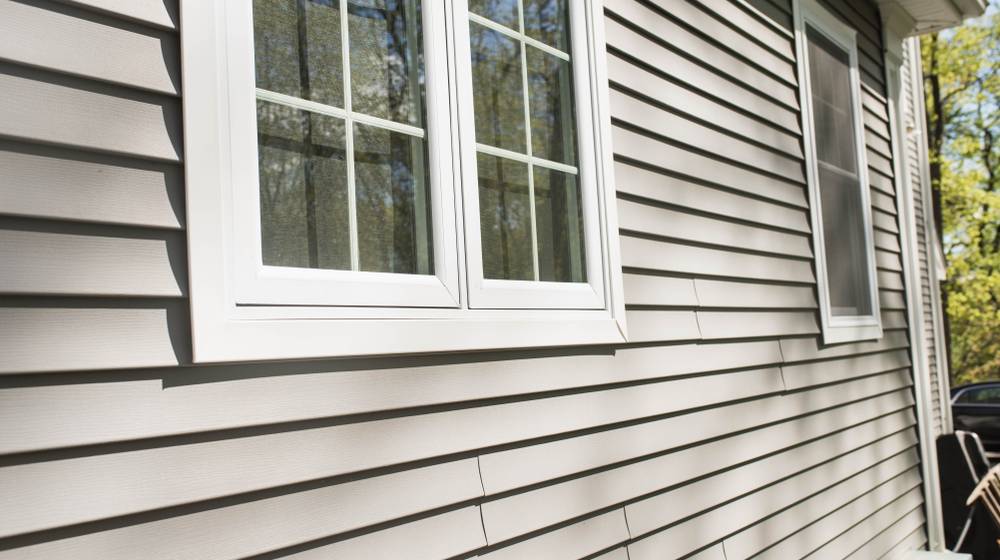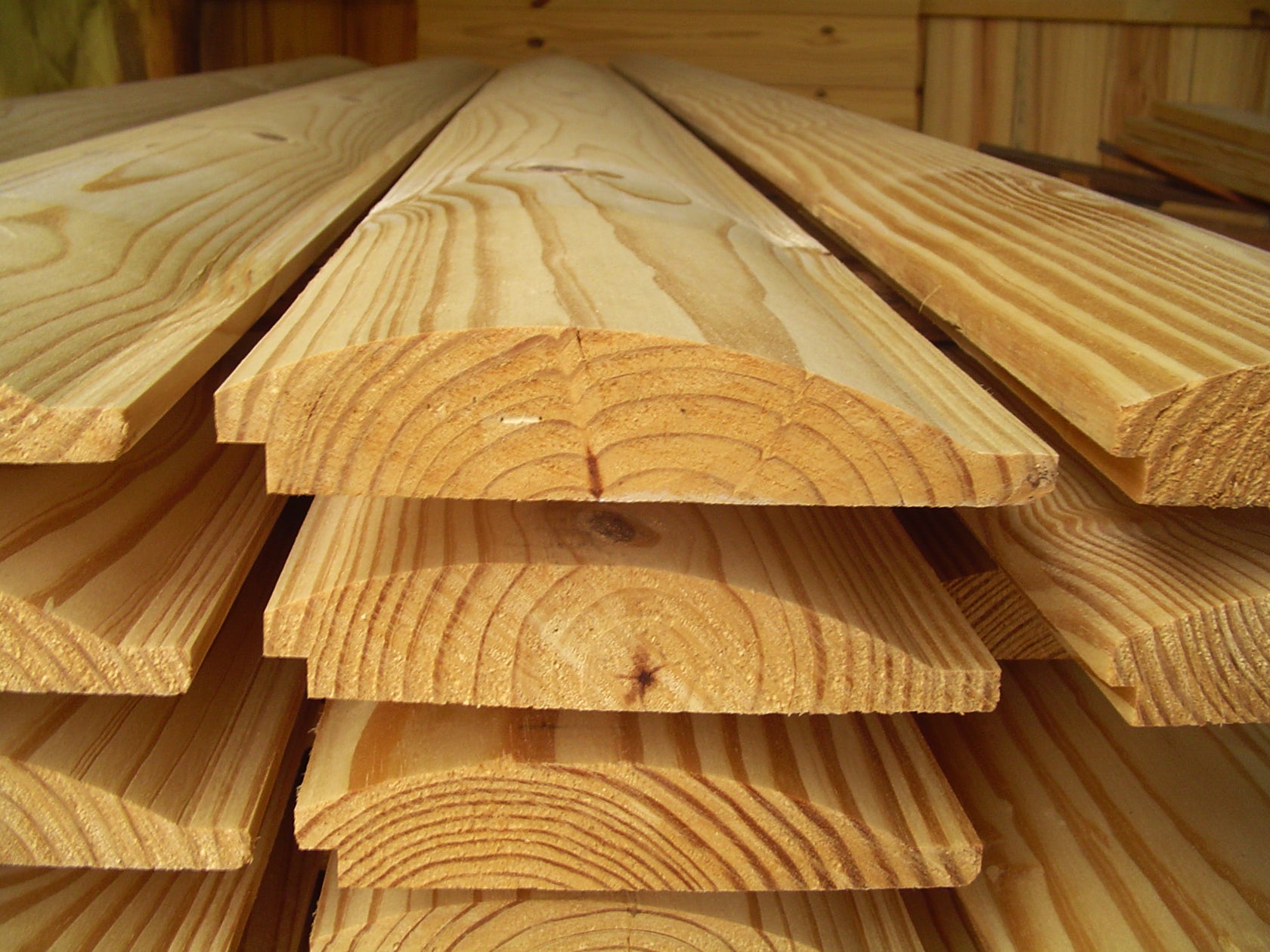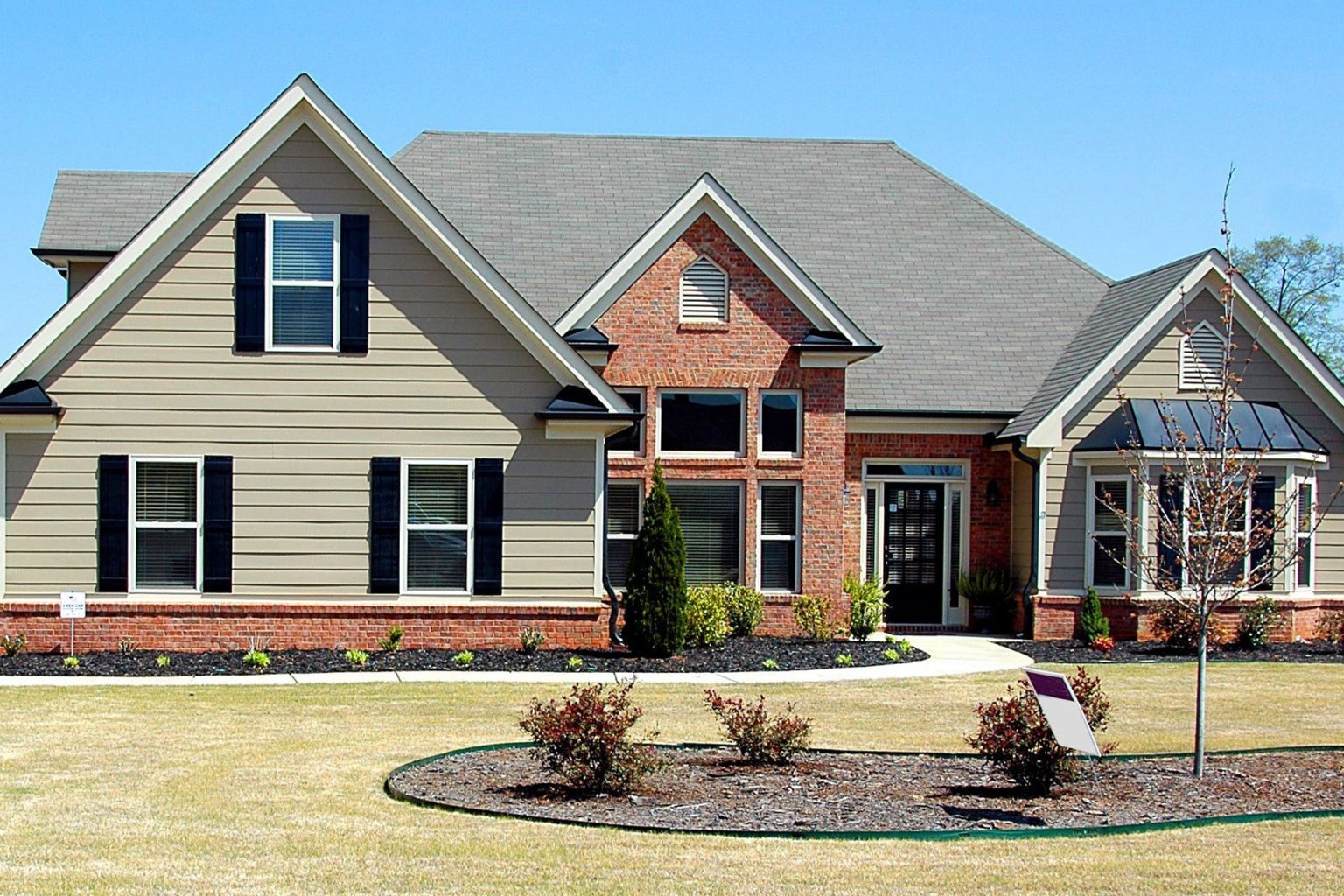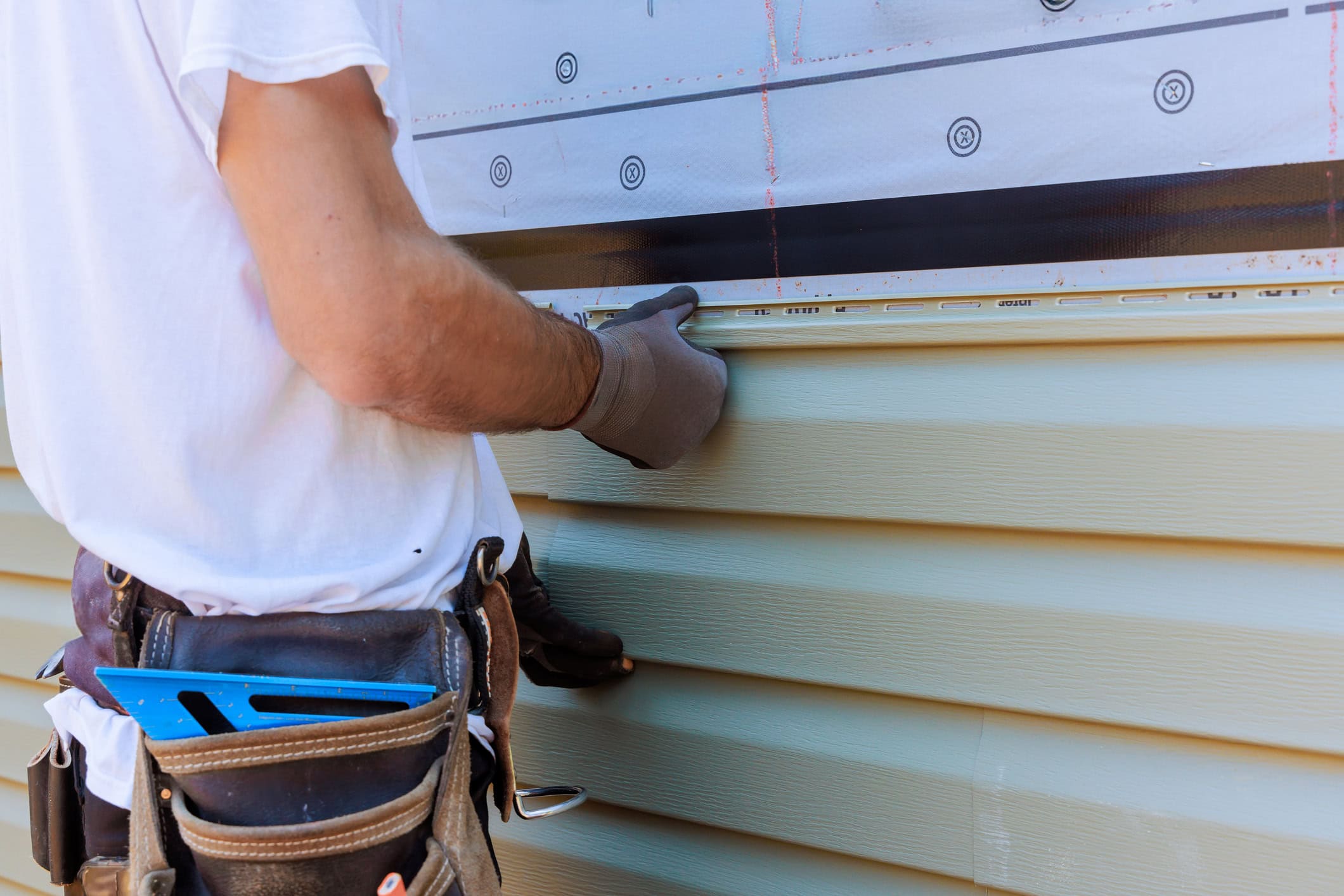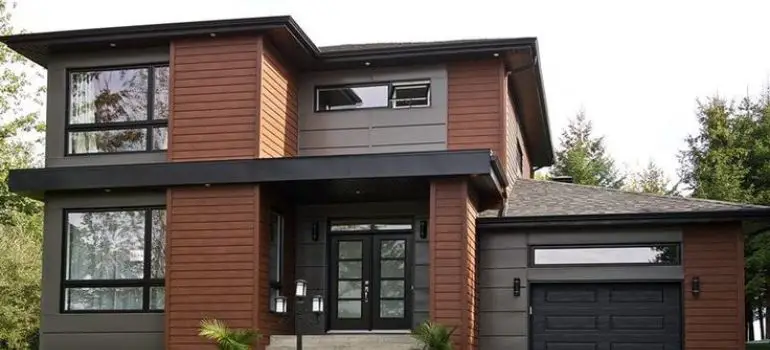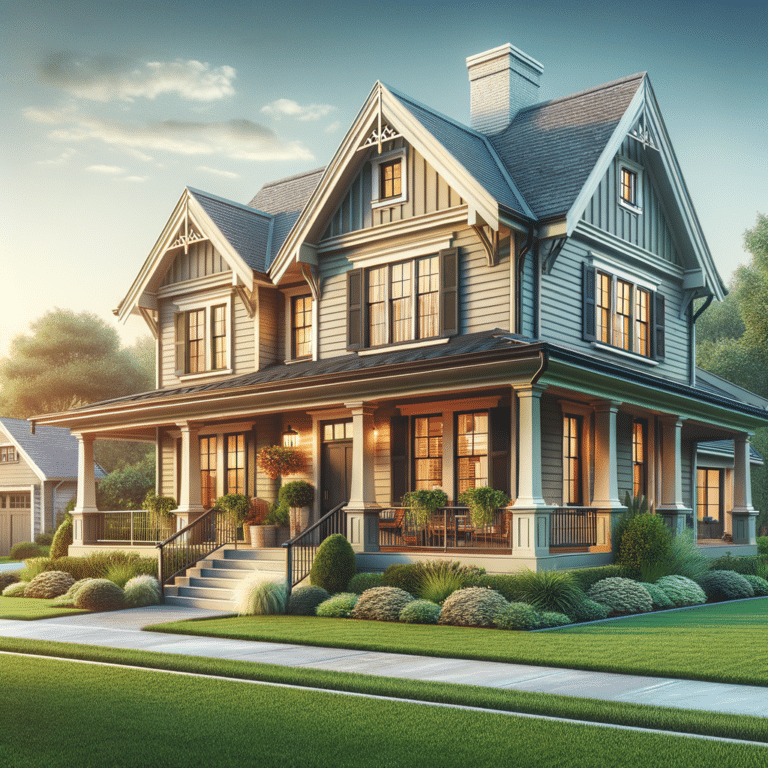Siding Durability: A Comprehensive Guide
Siding durability is a critical factor in homeownership, influencing both aesthetic appeal and long-term cost-effectiveness. This guide delves into the lifespan, maintenance, and cost implications of various siding materials, empowering homeowners to make informed decisions that protect their investment. We’ll explore the differences between vinyl, wood, fiber cement, and metal siding, considering factors like climate impact, installation quality, and repair needs. Understanding these aspects is key to maximizing the longevity and value of your home’s exterior.
From choosing the right material to understanding warranty coverage and performing routine maintenance, this guide provides a practical framework for ensuring your siding remains a durable and attractive feature of your home for years to come. We will cover everything from the initial selection process to long-term maintenance strategies, enabling you to make informed decisions that align with your budget and long-term goals.
Cost Considerations Related to Durability
Choosing siding involves a careful balancing act between upfront costs and long-term expenses. While a cheaper initial investment might seem appealing, neglecting the potential for higher maintenance and premature replacement can significantly increase the overall cost over the lifespan of your home. This section examines the financial implications of selecting different siding materials based on their durability.
The initial cost of siding varies dramatically depending on the material. Vinyl siding is generally the most affordable upfront, followed by fiber cement, wood, and then high-end options like metal or engineered wood. However, this initial price difference often pales in comparison to the long-term costs associated with maintenance, repairs, and eventual replacement. For example, while vinyl siding may be inexpensive to install, it can be prone to damage from impact and fading over time, potentially requiring more frequent repairs or even premature replacement compared to a more durable material like fiber cement.
Initial Cost versus Long-Term Cost Analysis
A comprehensive cost analysis should consider the entire lifecycle of the siding. This includes the initial purchase price, installation fees, regular maintenance costs (cleaning, painting, repairs), and the eventual replacement cost. Let’s illustrate with a hypothetical example. Assume a 2000 square foot house. Vinyl siding might cost $8,000 to install initially, but require repainting every 5-7 years at a cost of $2,000 each time, totaling $6,000-$8,000 over 20 years. If it needs replacing after 15 years at $10,000, the total cost is $24,000-$26,000. Fiber cement, on the other hand, might cost $15,000 initially, but require minimal maintenance and potentially last 30+ years before replacement, resulting in significantly lower overall cost.
Cost-Effectiveness of High-Durability Siding
High-durability siding options, while more expensive initially, often prove more cost-effective in the long run due to their extended lifespan and reduced maintenance needs. Materials like fiber cement, engineered wood, and metal siding are known for their resistance to damage from weather, insects, and fire. This translates to lower repair and replacement costs over the years. The initial investment is offset by the savings on maintenance and the extended period before needing replacement, leading to a lower overall cost per year.
Return on Investment (ROI) Calculation for Siding
Calculating the ROI for different siding choices helps quantify the long-term financial benefits of investing in durable materials. A simple ROI calculation considers the initial investment, annual maintenance costs, and the salvage value (if any) at the end of a predetermined period (e.g., 20 years). The formula is:
ROI = [(Total Savings – Initial Investment) / Initial Investment] * 100%
Let’s use our previous example: Vinyl siding’s total cost over 20 years is estimated at $24,000-$26,000. Fiber cement siding, with an initial cost of $15,000 and potentially lasting 30+ years, would likely have a significantly lower total cost over the same 20-year period, resulting in a higher ROI. A detailed cost comparison, including specific material prices, labor costs, and maintenance estimates for your region, is crucial for accurate ROI calculations.
Closure
Ultimately, ensuring siding durability involves a multifaceted approach encompassing material selection, proper installation, regular maintenance, and awareness of potential warranty implications. By carefully considering the factors discussed – from climate exposure to installation quality and proactive maintenance – homeowners can significantly extend the lifespan of their siding and protect their investment. This translates not only to long-term cost savings but also to maintaining the aesthetic value and curb appeal of their homes. Choosing the right siding material and implementing a proactive maintenance plan are crucial steps toward achieving lasting exterior beauty and structural integrity.
